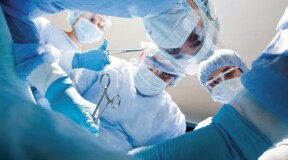-
en

Hitecher - page 63
Kymera, an Electric One-man Watercraft for Real Speed Lovers
New Whiskey Blend Developed by Neural Network to Hit the Market
Hens Are Happy: Scientists Find Protein Substitute for Eggs
Researchers Explain the Secret of Male Peacock Spider Coloration
Hydrogel to Stop Arterial Bleeding
Mousegun, a New Type of Gamepad for Shooters
What will a 3D-printed housing development look like?
Biologists have discovered mysterious sea larvae which produce unknown-to-science creatures
Scientists reveal dinosaur with bat wings
Lenovo will create a unique folding computer
Scientists discover one of the world’s oldest trees
Alfa-X — a Japanese Bullet Train


















